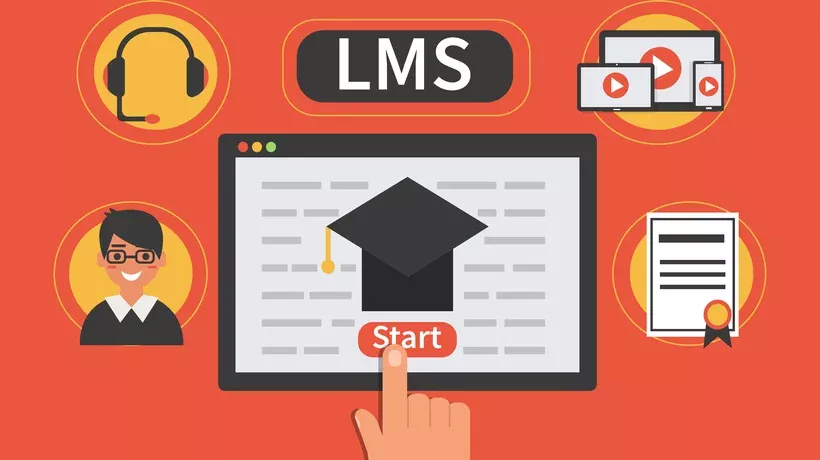
How an LMS Works:
An LMS provides a digital environment that facilitates the entire learning lifecycle. Here’s a breakdown of its core functions:
- Course Authoring: Many LMS platforms include built-in tools to create courses from scratch, allowing administrators and instructors to incorporate various content types like text, images, videos, audio, documents, and interactive elements. Some may require integration with separate authoring tools.
- Content Organization: It allows for the structured organization of learning materials into lessons, modules, and chapters, making it easy for learners to navigate.
- Centralized Repository: An LMS serves as a central hub for all learning content, ensuring easy access and version control.
- User Management: Administrators can manage user accounts, assign roles (e.g., administrator, instructor, learner), and control access permissions.
- Progress Tracking: The system automatically tracks learner progress, completion rates, time spent on courses, and assessment scores.
- Reporting and Analytics: Robust reporting features provide insights into learner performance, course effectiveness, skill gaps, and overall training ROI. This data helps organizations refine their learning programs.
Benefits of Using an LMS:
- Cost-Effectiveness: Reduces the need for physical classrooms, printed materials, and travel for training.
- Consistency: Ensures all learners receive the same quality and standard of education.
- Flexibility and Accessibility: Learners can access courses at their own pace, from any location, and on various devices.
- Improved Learning Outcomes: Personalized learning paths, interactive content, and robust feedback mechanisms enhance knowledge retention and application.
- Compliance Management: Facilitates tracking and reporting for mandatory compliance training and certifications, providing an audit trail.
- Data-Driven Decisions: Analytics provide actionable insights to improve training programs and demonstrate their impact.
